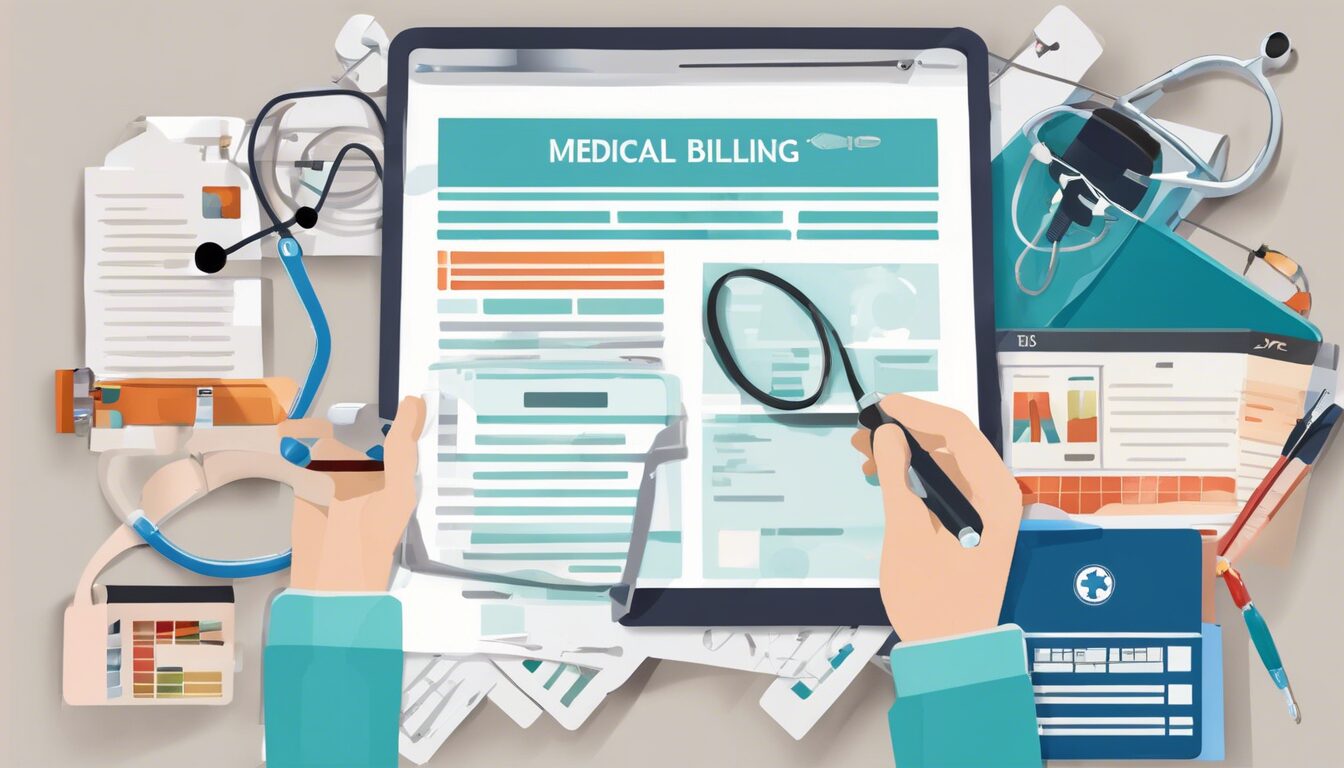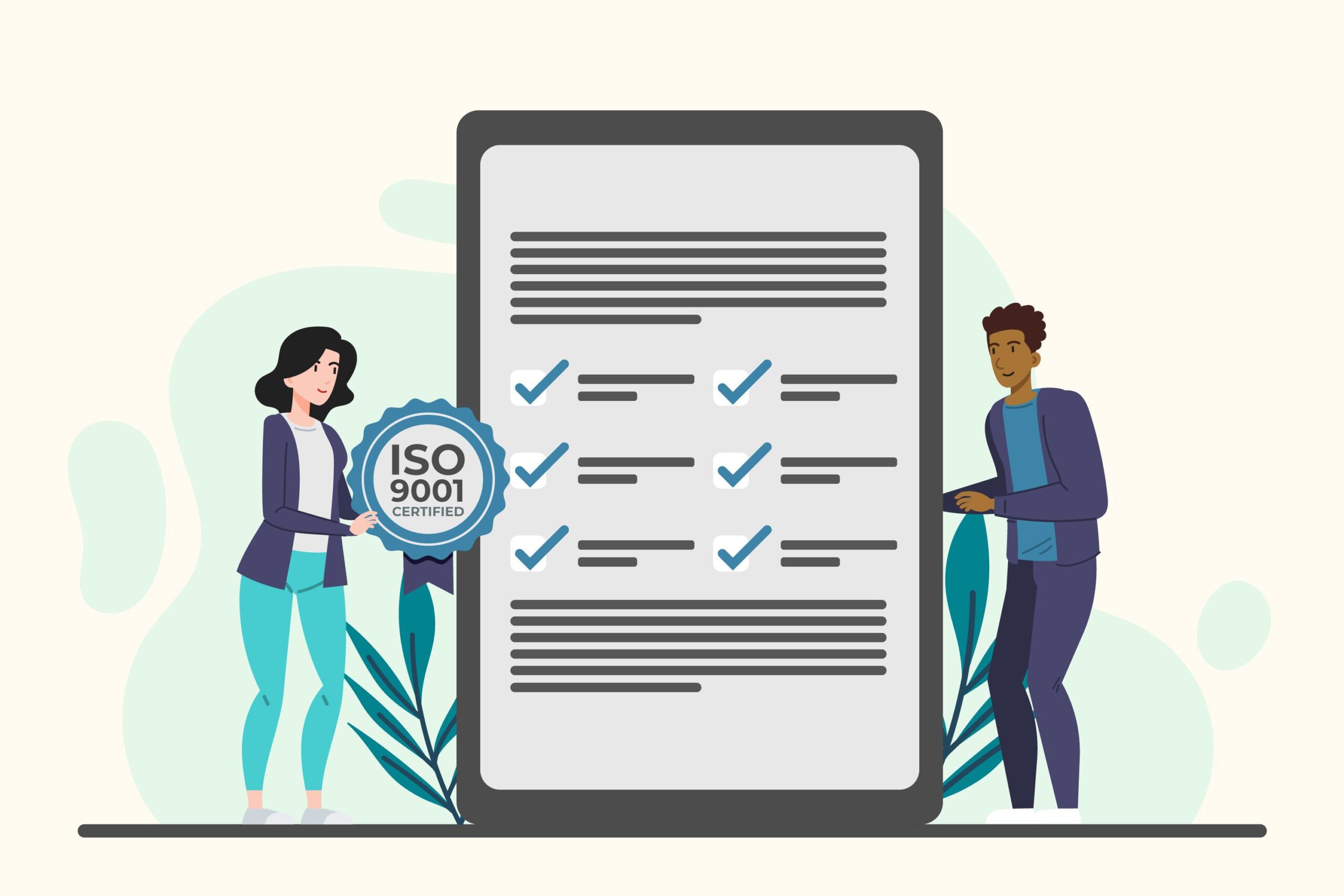
How to Optimize Medical Billing to Increase Revenue in Your Practice

In today’s competitive healthcare space, it is crucial for medical practices to find innovative ways to increase revenue. With the rising operating costs and administrative burdens, it’s essential to utilize every tool at your disposal. In this article, we will explore various strategies to optimize your medical billing process and boost your practice’s profitability.
1. Build an Effective Online Presence
In this digital age, having a strong online presence is vital for attracting new patients and retaining existing ones. Research shows that 72% of patients consult the internet for healthcare information, and 62% use online reviews to find new doctors. To ensure your practice is visible to potential patients, consider the following steps:
Create a Professional Website: Develop a user-friendly website that showcases your services, expertise, and contact information. A well-designed website can help establish credibility and attract new patients.
Submit to Online Directories: Register your practice with reputable online directories such as Google My Business, Yelp, and Healthgrades. These directories increase your visibility and make it easier for patients to find you when searching online.
Leverage Online Reviews: Encourage satisfied patients to leave positive reviews on platforms like Google, Facebook, and Healthgrades. Positive reviews can enhance your online reputation and attract new patients.
Engage on Social Media: Create social media profiles for your practice and engage with your audience regularly. Share informative content, patient testimonials, and updates about your practice to build a loyal following.
By optimizing your online presence, you can increase your visibility, attract new patients, and ultimately boost your revenue.
2. Outsource Medical Billing Services
Managing medical billing in-house can be time-consuming and complex, diverting resources away from patient care. Outsourcing medical billing services to a reputable company like Wenour can streamline your revenue cycle management and maximize your revenue potential. Here are some benefits of outsourcing medical billing:
Expertise and Efficiency: Medical billing companies specialize in handling billing processes, ensuring accurate coding, claims submission, and timely reimbursements. By leveraging their expertise, you can minimize billing errors and maximize revenue.
Reduced Administrative Burden: Outsourcing medical billing frees up your staff’s time, allowing them to focus on patient care and other critical tasks. This can improve overall practice efficiency and productivity.
Access to Advanced Technology: Medical billing companies utilize cutting-edge technology and software to streamline billing processes. By outsourcing, you can leverage these tools without incurring additional costs.
Compliance and Regulatory Adherence: Medical billing companies stay up-to-date with changing regulations and compliance requirements. Partnering with them ensures that your practice remains compliant and avoids potential penalties.
Outsourcing medical billing services can optimize your revenue cycle management, reduce administrative burdens, and allow you to focus on delivering high-quality patient care.
3. Improve Patient Collection Strategy
Patient collections play a significant role in a medical practice’s revenue stream. However, collecting patient co-pays and outstanding balances can be challenging, particularly with the rise of high-deductible insurance plans. To improve your patient collection strategy, consider implementing the following tactics:
Transparent Communication: Clearly communicate your payment expectations to patients during the appointment scheduling process. Inform them about co-pays, deductibles, and any outstanding balances.
Offer Multiple Payment Options: Provide patients with convenient payment options such as online payment portals, credit card processing, and payment plans. Make it easy for patients to pay their bills promptly.
Automate Billing and Reminders: Utilize billing software that sends automated reminders to patients about upcoming payments or outstanding balances. These reminders can prompt patients to settle their bills promptly.
Implement a Collections Policy: Establish a collections policy that outlines the consequences of non-payment or late payment. Clearly communicate this policy to patients and enforce it consistently.
Additionally, if patient collections remain a significant challenge, you may consider partnering with a collection agency to help recover outstanding balances effectively.
4. Implement Telemedicine and Virtual Visits
The COVID-19 pandemic has accelerated the adoption of telemedicine and virtual visits in healthcare. Integrating these services into your practice can increase revenue and improve patient satisfaction. Here’s how telemedicine can benefit your practice:
Expanded Reach: Telemedicine allows you to provide healthcare services to patients who may not have easy access to your physical location. This can attract new patients from a wider geographical area and increase your revenue potential.
Improved Appointment Utilization: Virtual visits can help fill gaps in your schedule and reduce no-shows. By offering virtual visits, you can accommodate patients who prefer remote consultations or have difficulty visiting your practice in person.
Reduced Overhead Costs: Telemedicine can help reduce overhead costs associated with maintaining a physical office space. This cost-saving measure can contribute to increased profitability.
Convenient Follow-ups: Telemedicine enables you to conduct follow-up visits with patients remotely. This convenience can improve patient compliance and lead to better health outcomes.
By incorporating telemedicine and virtual visits into your practice, you can enhance patient access, increase revenue, and adapt to the changing landscape of healthcare.
5. Optimize Appointment Scheduling
Efficient appointment scheduling is crucial for maximizing revenue while providing quality care to your patients. Consider implementing the following strategies to optimize your scheduling process:
Reduce Wait Times: Long wait times can frustrate patients and lead to negative experiences. Implement strategies such as streamlining administrative processes, optimizing staff schedules, and using technology to minimize wait times.
Offer Same-Day Appointments: Whenever possible, allocate a portion of your schedule for same-day appointments. This flexibility can attract new patients and reduce the likelihood of patients seeking care elsewhere.
Utilize Physician Extenders: Physician assistants and nurse practitioners can handle routine and urgent patient requests, allowing you to see more patients and increase revenue. Delegate appropriate tasks to extenders and ensure they are operating at the top of their skill set.
Implement a Recall System: Develop a recall system to remind patients of upcoming appointments or preventive screenings. This proactive approach can reduce no-shows and keep your schedule full.
Optimizing your appointment scheduling process can lead to increased patient satisfaction, improved practice efficiency, and ultimately, higher revenue.
6. Negotiate Payer Contracts
Regularly reviewing and renegotiating payer contracts can result in increased reimbursement rates and improved revenue. Here are steps to consider when renegotiating payer contracts:
Analyze Your Data: Collect and analyze relevant data on your practice’s performance, including quality metrics, patient outcomes, and cost-effectiveness. Use this data to showcase your value proposition to payers during contract negotiations.
Identify Opportunities: Identify payers that consistently reimburse below market rates or have unfavorable contract terms. Prioritize renegotiating contracts with these payers to increase your revenue potential.
Engage a Healthcare Business Consultant: Consider partnering with a qualified healthcare business consultant who specializes in payer contract negotiations. Their expertise can help you navigate the negotiation process and maximize your chances of success.
By actively negotiating payer contracts, you can secure better reimbursement rates and ensure your practice is fairly compensated for the services you provide.
7. Motivate and Retain Staff
Your staff plays a crucial role in delivering exceptional patient care and driving revenue growth. Motivated and engaged employees are more likely to go the extra mile and contribute to your practice’s success. Consider the following strategies to motivate and retain your staff:
Recognition and Rewards: Regularly acknowledge the hard work and achievements of your employees. Implement reward programs or incentive structures to recognize and appreciate their contributions.
Staff Development and Training: Invest in your staff’s professional development by providing ongoing training opportunities. This not only enhances their skills but also demonstrates your commitment to their growth.
Empowerment and Autonomy: Give your staff a voice in practice decision-making processes and delegate responsibilities to them. Encourage them to take ownership of their work and contribute innovative ideas.
Work-Life Balance: Support work-life balance initiatives by offering flexible schedules, remote work options, or additional time-off. A healthy work-life balance promotes staff well-being and reduces turnover.
By prioritizing staff motivation and retention, you can create a positive work environment, enhance patient experiences, and drive revenue growth.
8. Reduce Missed Appointments
No-shows and late cancellations can have a significant impact on your practice’s revenue. Implementing strategies to reduce missed appointments can help optimize your schedule and increase revenue. Consider the following approaches:
Appointment Reminders: Send appointment reminders via text, email, or phone calls to ensure patients remember their scheduled appointments. This simple step can significantly reduce no-show rates.
Implement a Cancellation Policy: Establish a clear cancellation policy that includes a fee for late cancellations or no-shows. Communicate this policy to patients during the appointment scheduling process.
Offer Virtual Visits as an Alternative: If patients are unable to make it to your practice, offer virtual visits as an alternative. Virtual visits provide convenience and flexibility, reducing the likelihood of missed appointments.
By proactively addressing missed appointments, you can optimize your schedule, increase patient satisfaction, and improve revenue.
9. Consider a Concierge Model
The concierge model of healthcare offers personalized, comprehensive care to patients willing to pay an annual fee. While this model may not be suitable for every practice or patient population, it can be an effective way to increase revenue for some. Here are some benefits of transitioning to a concierge model:
Enhanced Patient Experience: The concierge model allows for more personalized and attentive care, leading to higher patient satisfaction and loyalty.
Increased Revenue per Patient: By charging an annual fee, you can supplement your traditional fee-for-service revenue and potentially reduce your patient load.
Reduced Administrative Burden: With a smaller patient panel, you can dedicate more time and resources to each patient, resulting in improved outcomes and reduced administrative tasks.
Transitioning to a concierge model requires careful planning and consideration. Evaluate your patient demographics, practice goals, and market demand before making this significant shift.
10. Embrace Medical Billing Outsourcing
Outsourcing medical billing to a trusted provider like Wenour can optimize your practice’s revenue cycle management and streamline billing processes. By partnering with an experienced medical billing company, you can benefit from their expertise, advanced technology, and industry knowledge. Here’s how medical billing outsourcing can improve your revenue:
Efficiency and Accuracy: Medical billing companies have specialized teams dedicated to accurate coding, claims submission, and revenue optimization. This expertise results in faster reimbursements and reduced billing errors.
Reduced Administrative Burden: Outsourcing medical billing allows your staff to focus on patient care and other critical tasks. It frees up valuable time and resources, improving practice efficiency.
Compliance and Regulatory Adherence: Medical billing companies stay up-to-date with changing regulations and compliance requirements. By partnering with them, you can ensure your practice remains compliant and avoids potential penalties.
Outsourcing medical billing services to Wenour can help you enhance revenue, reduce administrative burdens, and improve overall practice efficiency.
11. Stay Informed and Adapt
The healthcare industry is constantly evolving, with new regulations, reimbursement models, and technological advancements shaping the landscape. To stay ahead and optimize your revenue, commit to ongoing learning and adaptability. Consider the following strategies:
Continuing Education: Stay informed about the latest changes in medical billing, coding, and reimbursement guidelines. Attend conferences, webinars, and workshops to enhance your knowledge and skills.
Monitor Key Performance Indicators: Regularly track and analyze revenue-related metrics, such as accounts receivable, denial rates, and reimbursement trends. This data can help identify areas for improvement and guide strategic decision-making.
Embrace Technological Innovations: Stay updated with the latest healthcare technology trends, such as electronic health records (EHRs), practice management systems, and revenue cycle management software. Implementing these technologies can streamline processes and improve revenue outcomes.
By staying informed and adapting to industry changes, you can position your practice for long-term success and revenue growth.
12. Foster Patient Loyalty
Building strong relationships with your patients is essential for long-term success and revenue growth. Foster patient loyalty by prioritizing patient-centered care and delivering exceptional experiences. Here are some strategies to consider:
Effective Communication: Develop a communication strategy that ensures patients are well-informed about their treatment plans, upcoming appointments, and billing processes. Clear and transparent communication builds trust and loyalty.
Active Patient Engagement: Engage patients in their healthcare journey by encouraging them to ask questions, provide feedback, and actively participate in decision-making. This collaborative approach fosters patient loyalty.
Personalized Care: Tailor your services to meet individual patient needs. Treat each patient as a unique individual, demonstrating empathy, compassion, and respect during every interaction.
Continuity of Care: Strive for continuity of care by ensuring seamless transitions between different healthcare providers within your practice. This comprehensive approach enhances patient satisfaction and loyalty.
By prioritizing patient loyalty, you can strengthen your practice’s reputation, increase patient referrals, and ultimately drive revenue growth.
In conclusion, optimizing your medical billing process is crucial for increasing revenue in your medical practice. By building an effective online presence, outsourcing medical billing, improving patient collection strategies, implementing telemedicine, optimizing appointment scheduling, negotiating payer contracts, motivating your staff, reducing missed appointments, considering a concierge model, embracing medical billing outsourcing, staying informed and adaptable, and fostering patient loyalty, you can maximize profitability and ensure long-term success for your practice. Remember, revenue optimization is an ongoing process that requires continuous evaluation, improvement, and adaptation to meet the ever-changing demands of the healthcare industry.























